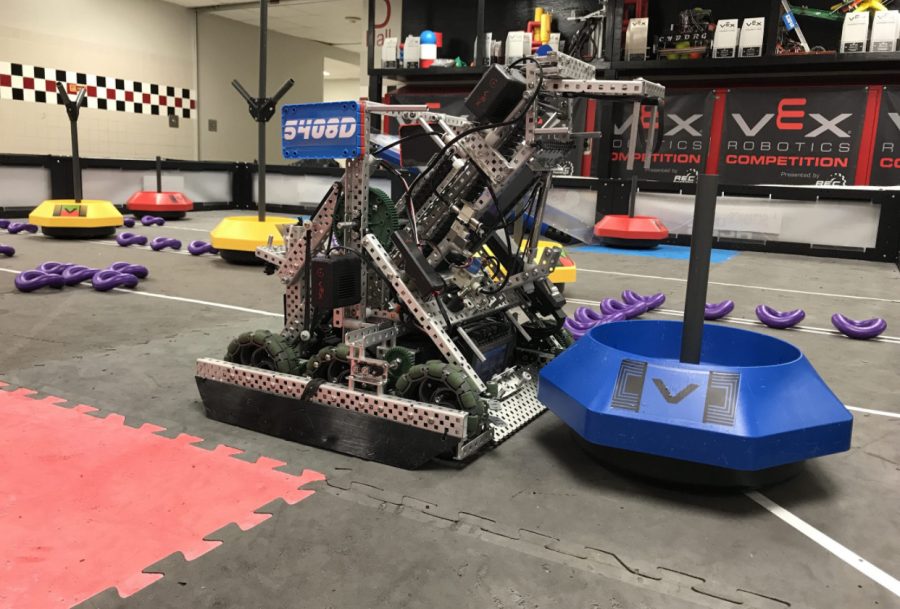Robotics state bound once more
January 28, 2022
Three of the robotics teams have qualified for the state competition this season in March. Every year, at least two or three teams make it to state level.
The Sachse Crossfire Robotics team has a plan for state that will help them win, as do the other teams, Sachse FR and Sachse Dynamo.
“Our plan is to really just get a simple design down,” junior Noah Hickman said. “There is a meta (most effective tactic available) every year that everyone kind of gravitates towards.”
Preparations for state are a big part of being successful and winning other various awards.
“We are practicing driving and interviews,” Hickman said. “You can get awards for explaining the process of your build. We are kind of refining what we did previously at other competitions and hopefully, that will help us succeed.”
There will be about 70 or 80 other teams participating depending on COVID-19 restrictions with Covid-19 risks. Grand Prairie High School is hosting the state competition in March.
One of the advantages of competing at the state level is meeting other teams. Players get to see people from other parts of the state and learn their thought processes.
“When you go to competitions locally, you see people that you know and go against more often,” Hickman said. “But when you go to state, you go against kids in the far corners of Texas that you have never seen and meet teams like Greenville that have more money and are successful each year.”
Robotics team members also work on teambuilding and applying the learned aspects from school like physics and engineering.
“The goal is teambuilding and having fun,” Hickman said. “Every year they have a different game and it is a competition, but it is about having fun and solving the problem by showing what I know through robotics.”
The game this year is called Tipping Point, with the main goals being to pick up the mobile goals and keep them in your team’s zone or rise up on your team’s platform for extra points at the end of the game. Another way to earn points is to add purple rings to the mobile goal.
“The process involves first building a drivetrain so you can move around the field, using some kind of mobile goal lifting/holding mechanism,” Hickman said, “and then lastly a ring scoring system, all within a 18x18x18 inch size.”
VEX Robotics has an eight motor limit which requires some proper planning and knowledge of the craft.
“This year we decided to use six motors for our base for extra power and speed, one motor for a four bar (a lift to put goals on the balancing platform), and 1 motor for a ring conveyor belt system for extra points,” he said.
This year, however, VEX has allowed the use of pneumatics, which are air-powered pistons, to be used on robots to hold more goals and keep them secure as the robot moves around the field.
“It allows us to sort of circumvent the eight motor limit,” Hickman said.
For autonomous, robots use a software called PROS, which uses the programming language to communicate commands from the “pilots.”
“This year our main focus during auton has been going for the neutral mobile goals in the center of the field, as they are open to both teams, and they can easily determine the outcome of the match since there are only three of them,” Hickman said. “We can very quickly speed out to the middle of the field and secure a mobile goal, all with code and the flick of a button.”

